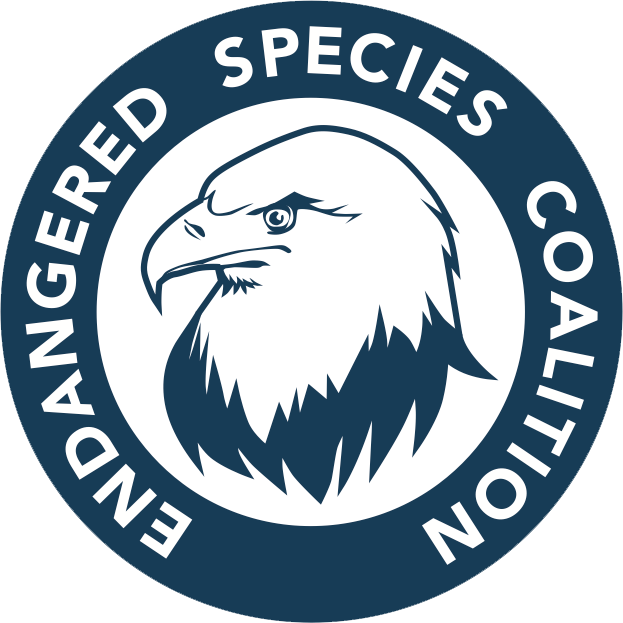The Endangered Species Coalition, in partnership with our member groups, released a report today highlighting the urgent need to protect critical endangered species habitat including Arctic sea ice, Gulf wetlands and flatlands, the Greater Yellowstone Ecosystem and several other imperiled habitats.
The ecosystems featured in It’s Getting Hot Out There are:
1.
Arctic Sea Ice, home to the polar bear, Pacific walrus and at least 6 species of seal.
3. The Hawaiian Islands, home to more than a dozen imperiled birds and 319 threatened and endangered plants.
8.
Greater Yellowstone Ecosystem, home to the imperiled Whitebark pine, an important food source for animals, including the threatened Grizzly bear.
10.
The Greater Everglades, home to 67 threatened and endangered species, including the manatee and the red cockcaded woodpecker.
Leda Huta, ESC’s Executive Director said of the report, “Climate change is no longer a distant threat on the horizon, it has arrived and is threatening ecosystems that we all depend upon, and our endangered species are particularly vulnerable. If we are serious about saving endangered species from global warming, then these are the places to start.”
The 10 habitats were chosen by nominations from Coalition members, with the submitted areas then reviewed and judged by a
panel of scientists. For each ecosystem, the report identifies some of the endangered species that live there, in addition to climate change threats and needed conservation measures.
According to the Intergovernmental Panel on Climate Change (IPCC), up to 30 percent of the world’s species will face a greater risk of extinction if global temperature increases exceed 3 to 5° F above pre-industrial levels. .
“To help protect and restore endangered species, our nation must address the impacts global warming is already having and clean up the sources of global warming pollution—both nationally and internationally,” said Huta. “We owe it to our children and grandchildren to be good stewards and protect endangered species and the places they call home.”





0 comments on “It’s Getting Hot Out There”